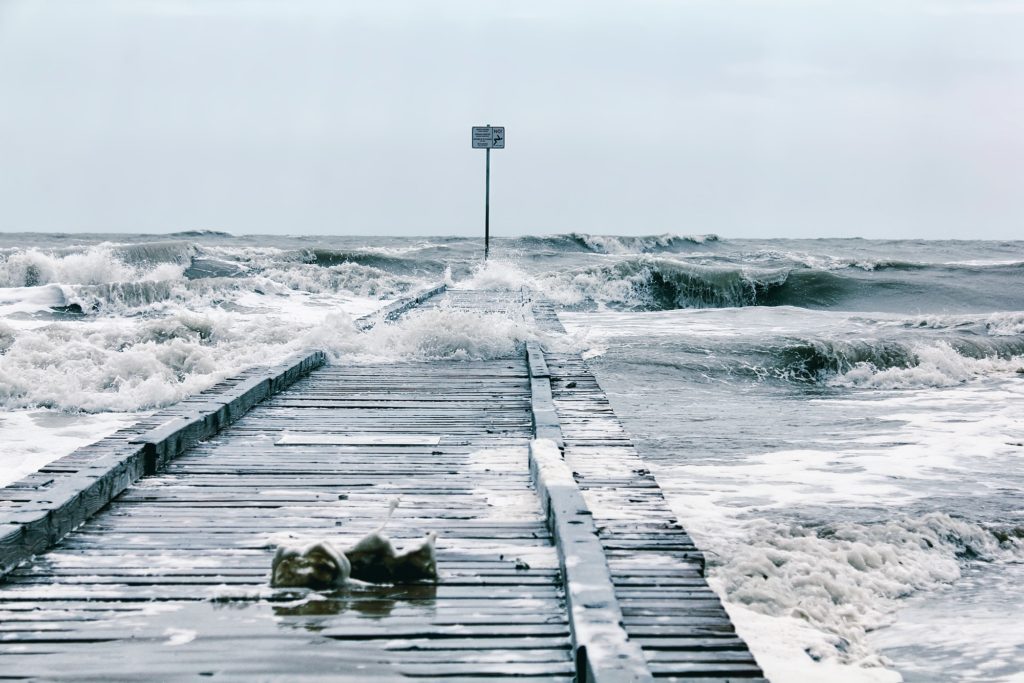
Milton remains a powerful category five hurricane this morning with winds of 160 mph. Milton is starting to interact with vertical wind shear, but the storm is so powerful and organized that the vertical wind shear is going to take some time to influence the structure of this storm. Milton is expected to weaken while moving towards the western Florida coast, but will still be a category four or strong category three hurricane. The damage is already done as the storm surge has built up with the storm as a category five this morning will rush into the Florida coast tonight with a surge of 15 to 20 feet.
The fact that the Subtropical jet stream features a trough over the western Gulf Coast and a strong jet streak from the central Gulf Coast to the coastal waters of the Carolinas will produce an environment where the northern upper-level outflow circulation will become enhanced. This factor will support an environment where Milton can remain a major hurricane while rapidly moving toward the Florida Peninsula tonight. As a result, there is potential for Milton to make landfall on the Florida Peninsula as an intense major category three, major category four, or major category five hurricane. The only limiting factor may be an eyewall replacement cycle and some increase in vertical wind shear. Such a development would produce a powerful storm surge for the Florida coastline and significant damage around areas like Tampa Bay, Florida. Impacts on the central west coast of Florida will include a storm surge of 10 t0 20 feet from Tampa southward to Englewood, rainfall of up to a foot and a half through central Florida, and sustained winds over 100 mph throughout central Florida.
Milton would be caught in the trough in the Subtropical jet stream and then rapidly move into the western Atlantic with the potential to threaten Bermuda by next weekend as either a subtropical or extratropical storm.



